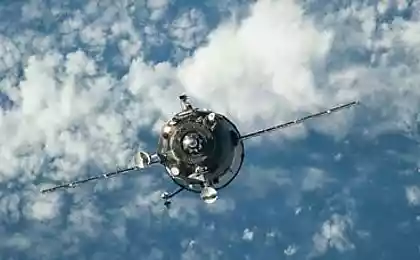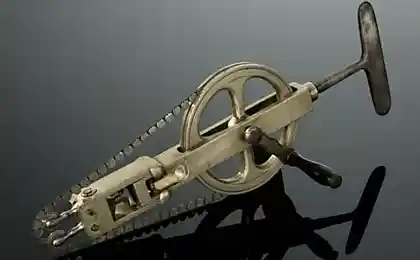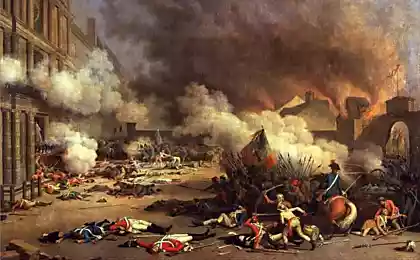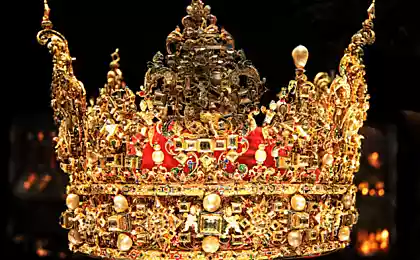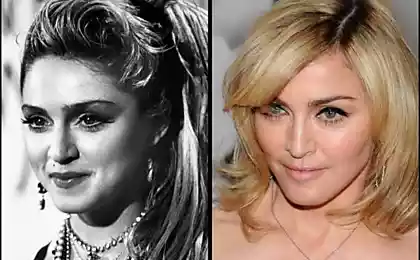6423
Interesting facts about the 18th century (11 photos)
List some of the achievements and innovations that have emerged in the 18th century.
It is interesting to know to what people have come to progress at the time.

10. Personal hygiene
Today we appreciate the personal hygiene, but until the early 18th century a person could in his life never to dive into the water. Many people believed that bathing - it is an unhealthy thing, and & quot; soaking & quot; his body in water, especially hot, allows various types of diseases and infections enter the body. Even if a person decides to take a bath, he did it with clothes! This habit persisted until the late 19th century.

9. Deodorant
Until the 1880s, people did not think about creating a deodorant, despite the fact that most of them most of the time very bad smell, but no discomfort from that they have not experienced. Rich tried to mask the bad smell lots of spirits, but today everyone knows that this method does not work.

It is worth noting that in the 9th century scholar Ziryab (Ziryab) proposed the idea of creating underarm deodorant, but it did not take. Up until 1888 there was nothing of the sort. That year began mass production of the first deodorant, which had phenomenal success in the west. These deodorants are available today, they are marketed under the brand name & quot; Mom & quot ;.
8. Grooming
Women do not treat hair on his body. In the western world the removal of body hair was not common until the 1920s. There are certainly some countries, women who still do not take anything with her hair on the body. However, we should not talk about it now.
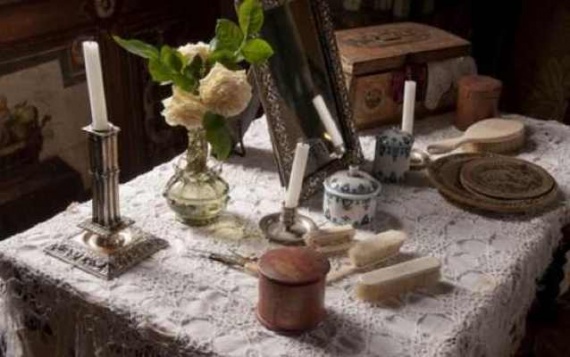
7. Toilets
The house at that time smelly feces natural human body. Then there was no running water, and most people are relieved in the pot, which could leave as long as one does not dare to throw its contents into the nearest window. Later, the pots were kept in some homes, but were created by the open toilets. However, even in the Victorian era, the pots were used as emergency toilet at night.
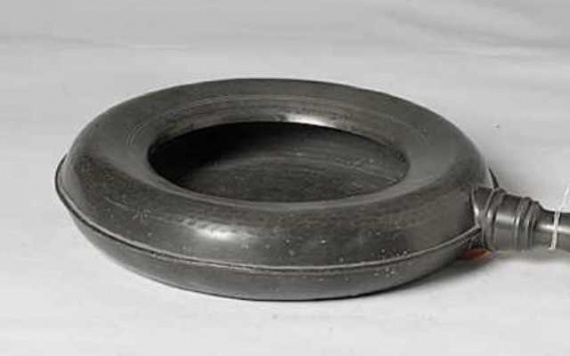
6. Toilet paper
Toilet paper was invented in the late 18th century, and until then, people used the materials at hand. The rich could afford the luxury of wiping rags themselves. Poor use old rags, leaves, moss and hands ...! Even the ancient Romans lived better - they are used for this purpose cloth wound on a stick, and then dipped it in a bucket of water. Pictured portable toilet 18th century.

5. & quot; Bedding & quot; insects
Infection with bed bugs and insects taken in the 18th century rampant. They were considered the norm. Unfortunately, these insects were undoubtedly cause the spread of many diseases. They remained a constant problem until modern times. In the Victorian era, women were encouraged to wipe the bottom of the bed with kerosene to kill all unwanted guests.
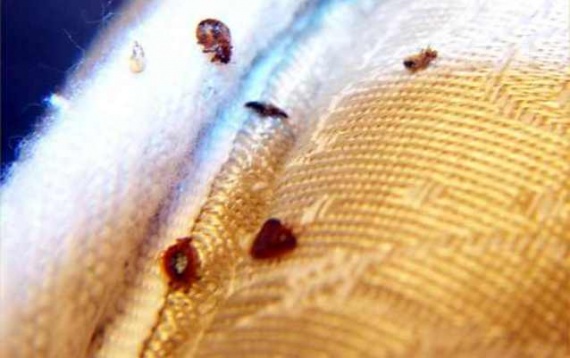
4. Time critical days
The women in this period there were several & quot; model & quot; behavior. Some used a piece of cloth, and many times the same, moreover, these flaps were dried in a conspicuous place at the same time with other things, absolutely nothing shy. Therefore, it was better not to look over the fence to the neighbors. However, there were also those women who did not use anything, and allow gravity & quot; to do their job & quot ;.

3. manure, dung and manure again
In large cities, the streets smelled of a mixture of manure, human excrement and rotting plants. If you've ever thought about where it came from gentlemanly tradition to go closer to the edge of the road, do not dig deeply, she appeared also due to defend his lady splash passing cars. When you next see in the movie, when a man gallantly throws his cloak on the ground to his lady passed, remember: it is likely that it covers not puddle.
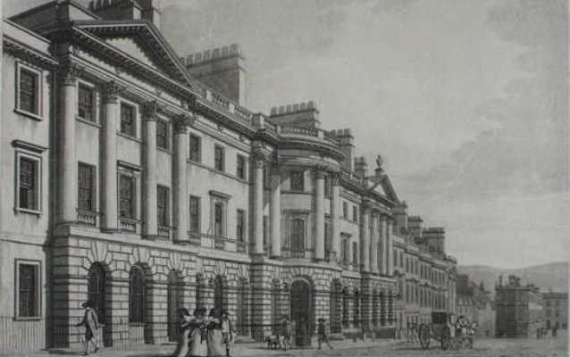
2. Oral hygiene
Dental hygiene is more than using a toothpick and wiping gum tissue. Women tend teeth were in a worse condition than men due to loss of vitamins during pregnancy.

The poor people are going that way, but for wealthy Italian company Marvis beginning in the early 1700s to produce a toothpaste (they still continue to produce it). But frankly, the people were more puzzled buying meat than interested in buying Italian toothpaste. It was absolutely immaterial.
1. Mercury
Absolutely everyone at the time was infected with lice. But do not fear, because they have chosen a wonderful treatment for this: mercury! In the 18th century in Europe was having an affair with mercury. They ate it, rubbed into the skin, become crazy and died. As for the & quot; positive & quot; sides, it first kill lice!
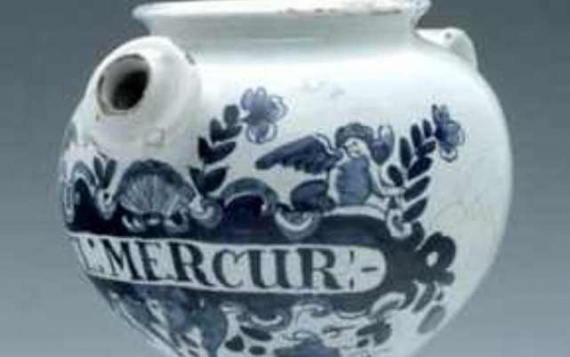
Source: www.listverse.com
It is interesting to know to what people have come to progress at the time.

10. Personal hygiene
Today we appreciate the personal hygiene, but until the early 18th century a person could in his life never to dive into the water. Many people believed that bathing - it is an unhealthy thing, and & quot; soaking & quot; his body in water, especially hot, allows various types of diseases and infections enter the body. Even if a person decides to take a bath, he did it with clothes! This habit persisted until the late 19th century.

9. Deodorant
Until the 1880s, people did not think about creating a deodorant, despite the fact that most of them most of the time very bad smell, but no discomfort from that they have not experienced. Rich tried to mask the bad smell lots of spirits, but today everyone knows that this method does not work.

It is worth noting that in the 9th century scholar Ziryab (Ziryab) proposed the idea of creating underarm deodorant, but it did not take. Up until 1888 there was nothing of the sort. That year began mass production of the first deodorant, which had phenomenal success in the west. These deodorants are available today, they are marketed under the brand name & quot; Mom & quot ;.
8. Grooming
Women do not treat hair on his body. In the western world the removal of body hair was not common until the 1920s. There are certainly some countries, women who still do not take anything with her hair on the body. However, we should not talk about it now.

7. Toilets
The house at that time smelly feces natural human body. Then there was no running water, and most people are relieved in the pot, which could leave as long as one does not dare to throw its contents into the nearest window. Later, the pots were kept in some homes, but were created by the open toilets. However, even in the Victorian era, the pots were used as emergency toilet at night.

6. Toilet paper
Toilet paper was invented in the late 18th century, and until then, people used the materials at hand. The rich could afford the luxury of wiping rags themselves. Poor use old rags, leaves, moss and hands ...! Even the ancient Romans lived better - they are used for this purpose cloth wound on a stick, and then dipped it in a bucket of water. Pictured portable toilet 18th century.

5. & quot; Bedding & quot; insects
Infection with bed bugs and insects taken in the 18th century rampant. They were considered the norm. Unfortunately, these insects were undoubtedly cause the spread of many diseases. They remained a constant problem until modern times. In the Victorian era, women were encouraged to wipe the bottom of the bed with kerosene to kill all unwanted guests.

4. Time critical days
The women in this period there were several & quot; model & quot; behavior. Some used a piece of cloth, and many times the same, moreover, these flaps were dried in a conspicuous place at the same time with other things, absolutely nothing shy. Therefore, it was better not to look over the fence to the neighbors. However, there were also those women who did not use anything, and allow gravity & quot; to do their job & quot ;.

3. manure, dung and manure again
In large cities, the streets smelled of a mixture of manure, human excrement and rotting plants. If you've ever thought about where it came from gentlemanly tradition to go closer to the edge of the road, do not dig deeply, she appeared also due to defend his lady splash passing cars. When you next see in the movie, when a man gallantly throws his cloak on the ground to his lady passed, remember: it is likely that it covers not puddle.

2. Oral hygiene
Dental hygiene is more than using a toothpick and wiping gum tissue. Women tend teeth were in a worse condition than men due to loss of vitamins during pregnancy.

The poor people are going that way, but for wealthy Italian company Marvis beginning in the early 1700s to produce a toothpaste (they still continue to produce it). But frankly, the people were more puzzled buying meat than interested in buying Italian toothpaste. It was absolutely immaterial.
1. Mercury
Absolutely everyone at the time was infected with lice. But do not fear, because they have chosen a wonderful treatment for this: mercury! In the 18th century in Europe was having an affair with mercury. They ate it, rubbed into the skin, become crazy and died. As for the & quot; positive & quot; sides, it first kill lice!

Source: www.listverse.com

